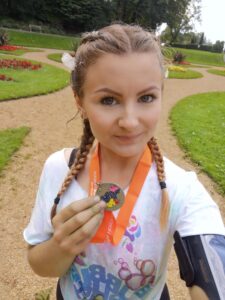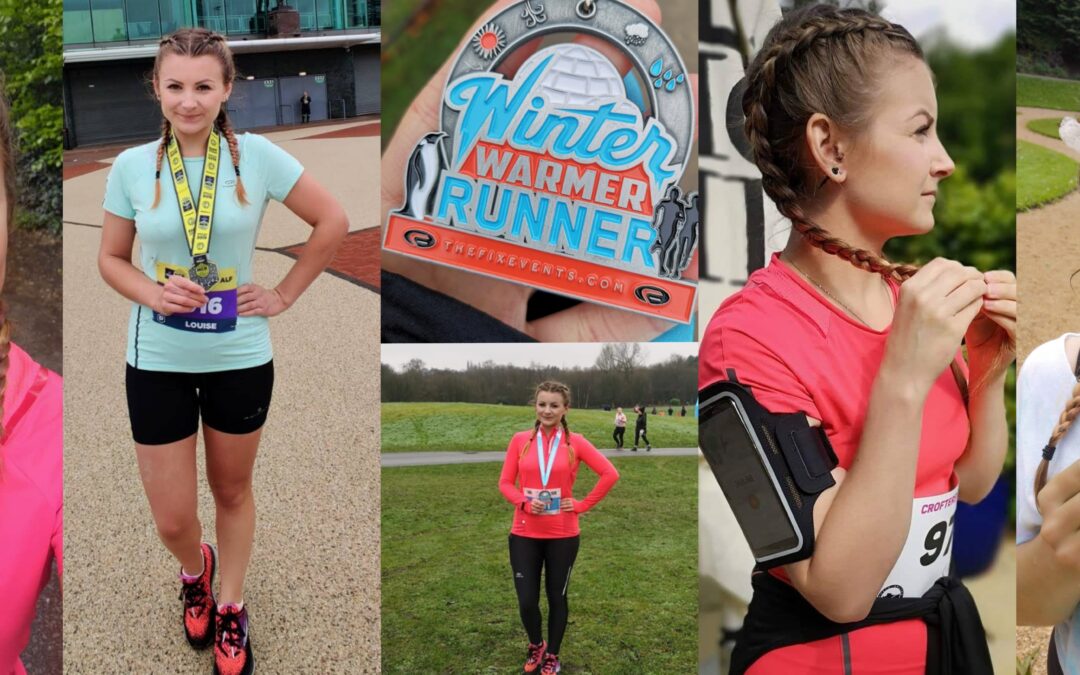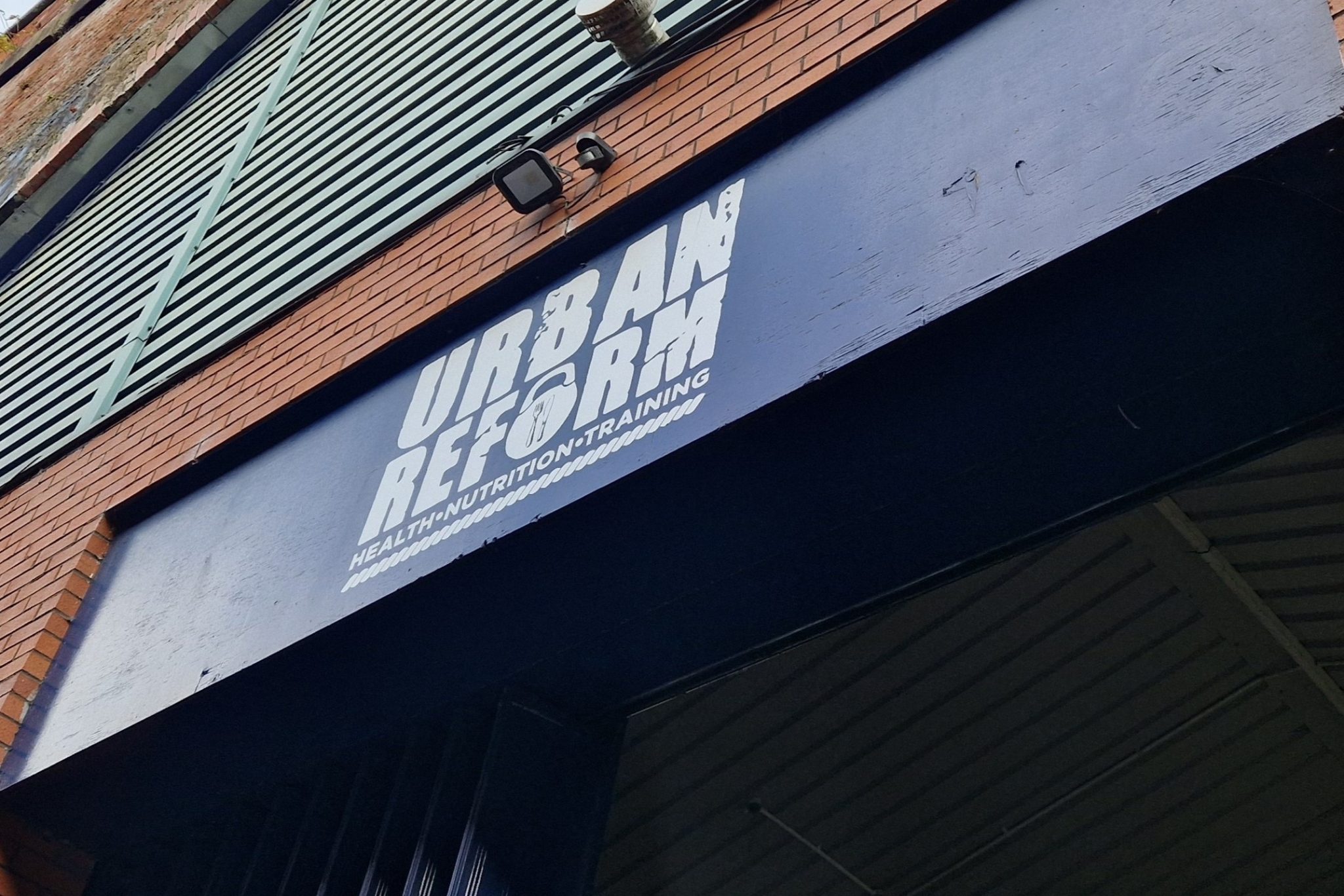Running : How to avoid Injury Even when covering 100k in a month!
OUR CLINIC MANAGER, LOUISE HAS SET HERSELF THE CHALLENGE OF RUNNING A total of 100K for her local hospice during the month of May. In this blog, louise focuses on her running journey and how she has learnt to Use strength work to DECREASE her chances of Injury.
I’m hoping that a lot of you will already know who I am, as I’ve been a member of Team Summit for over 10 years now! But for those of you who don’t, my name is Louise and I’m Summit’s Clinic Manager. I joined the team in 2012; back then I struggled with self-confidence, my level of fitness was minimal (as well as my knowledge on how to improve it), and I had no concept (or interest) in the importance of strength training and how essential this is for both efficient and long-distance running.
After being part of the team for a few years and seeing the expertise of the practitioners that I worked with, alongside the clients who would come through our door, I was constantly surrounded by inspiration and felt a desire to push myself and to set myself goals. I started on my journey to gain confidence and improve my fitness through running.

MY RUNNING JOURNEY

I began running in 2017, just around a small local lake, where I knew I would only be seen by a few passers-by, the distances were short, but I’d made a start! I booked my first 5k event run and then from there I had caught the prolific running bug! I started taking part in regular events, both road and trail, a mixture of 8k, 10k and 15k runs, and eventually running a good few half-marathons!
I’m about to embark upon my next running challenge ‘100k in May’ for Bolton Hospice. Throughout May I will be donning the trusty road and trail trainers, running a range of distances on different days to cover a total of 100k! I still need to make a full plan but I’ll likely be running the equivalent of just over one half-marathon every week.
Which perfectly leads me onto the next section and how I have learnt to value the importance of preventative measures when upping my training and running schedule.
THINKING PREVENTATIVELY
During those initial shorter runs, I knew I wanted to up my game and progress, but I just didn’t feel I had the tools to do so and had already started to notice a few weaknesses. I was worried about whether increasing my distances would lead to an injury.
When people think of physiotherapy, they usually think of a practitioner providing treatment to fix an injury. But being a part of the team, you soon realise that physiotherapy is far more than this. I knew that if I wanted to run further and more efficiently, I needed to think preventively rather than reactively, I could work with one of the practitioners to prevent my chance of injury by focusing on the keys areas where there were weaknesses and incorporating strength work into my training. This would ensure I was doing all that I could to run effectively.
Knowing that I was working to make the necessary changes and improvements gave me a sense of reassurance and the confidence to push myself to achieve bigger and better targets.
MARATHON TRAINING AND RUNNING ANALYSIS
By 2019 I was training for the Bolton Marathon, and with ever increasing distances, I again noticed I was starting to sense a weakness, this time, in my inside knee and usually as I would approach the 18k mark.
Even working at a physiotherapy clinic, I still sometimes forget to look at the bigger picture and instead focus in on the area where the pain tends to be. However, more often than not, this isn’t the source of the problem and is in fact part of a chain reaction from another issue that we aren’t aware of.
In my case (and in non-physio speak) my hips were to blame for causing the pain in my knees! Using the knowledge and tools available the practitioner was able to see the areas that required improvements, the corrective exercises I needed to do and the benefits and results I would see after successfully implementing these changes as part of my marathon training.

The process included 3 key areas of analysis, a treadmill running assessment, gait analysis and balance testing. From here the practitioner used this data to put a personalised plan in place to correct my form and help me stay injury free.
After adding the corrective exercises into my training routine, not only have I felt physical improvements in my knee’s. I’ve also noticed a reduction in lower back pain and I feel I have a greater understanding of how my form, both lower and upper body can impact upon my running ability.
I highly recommend the complete running analysis for those experiencing any issues in their running but also for those looking to improve or reach that PB goal.
Slight changes can make a huge difference. And those changes have left me smiling after every training run!
We know how much hard work and dedication goes into training for a marathon. Understandably, you want to avoid compromising race-day performance at all costs. Tapering effectively can be the final piece of the puzzle.
Check out our blog on how you can implement tapering into your training.
If you’re struggling with an injury that’s stopping you getting back into exercise, call us on 0800 731 2738 or book online here.
If you need some help designing a program that will keep you exercising, get in touch at https://www.summitphysio.co.uk. We also offer Strength and Conditioning services, including bespoke training plans and 1 on 1 coaching.
For more free tips and information, make sure to follow our Facebook and Instagram pages. We also post client stories, so you can see how we’ve helped people get back to doing the things they enjoy!



